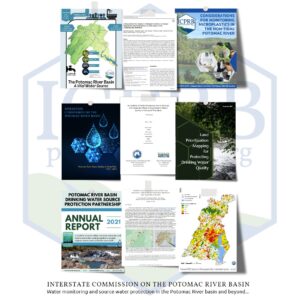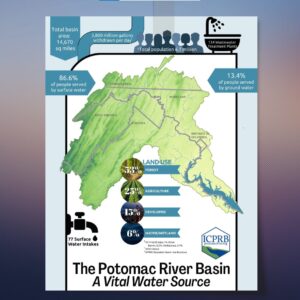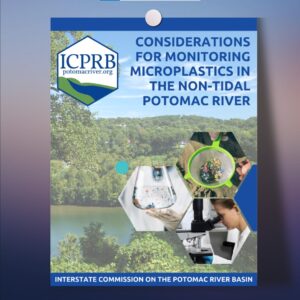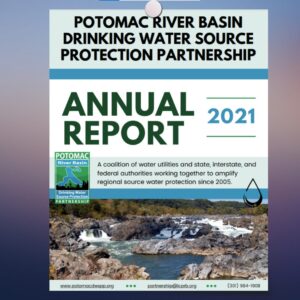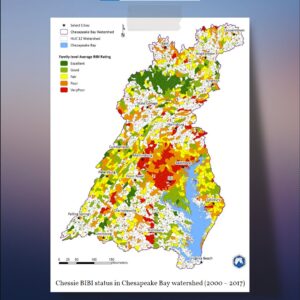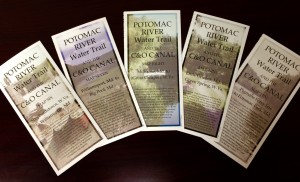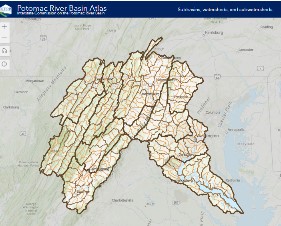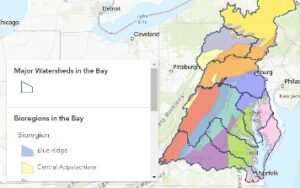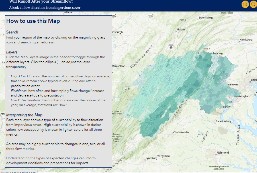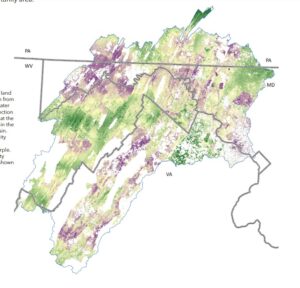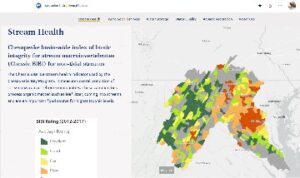ICPRB meeting, PFAS, and river history in this week’s Potomac News Reservoir.
Highlights from ICPRB
BOGO Map Sale
We at ICPRB are offering a great holiday stocking stuffer: buy one of our Upper Potomac/C&O Canal Mapset and get a second free! A valuable resource for canoeists, hikers and outdoors enthusiasts, this colorful five-map set is printed on waterproof, tear-proof paper. The maps include information on boating, public access sites, support facilities, camping and fishing sites, and picnic and parking areas. The maps are filled with cultural and historical information, safety tips, and contact information. Click here to learn more about the map sets.
ICPRB Quarterly Business Meeting
The ICPRB will virtually hold its first quarter business meeting on December 6, 2022. Commissioners will be updated on ICPRB efforts to enhance drinking water supply resiliency, a planned revision of the agency’s strategic plan, and a discussion of topics for the 2023 Potomac Conference. The public is invited to view the virtual meeting. Please send a request to info@icprb.org for a link to the meeting.



